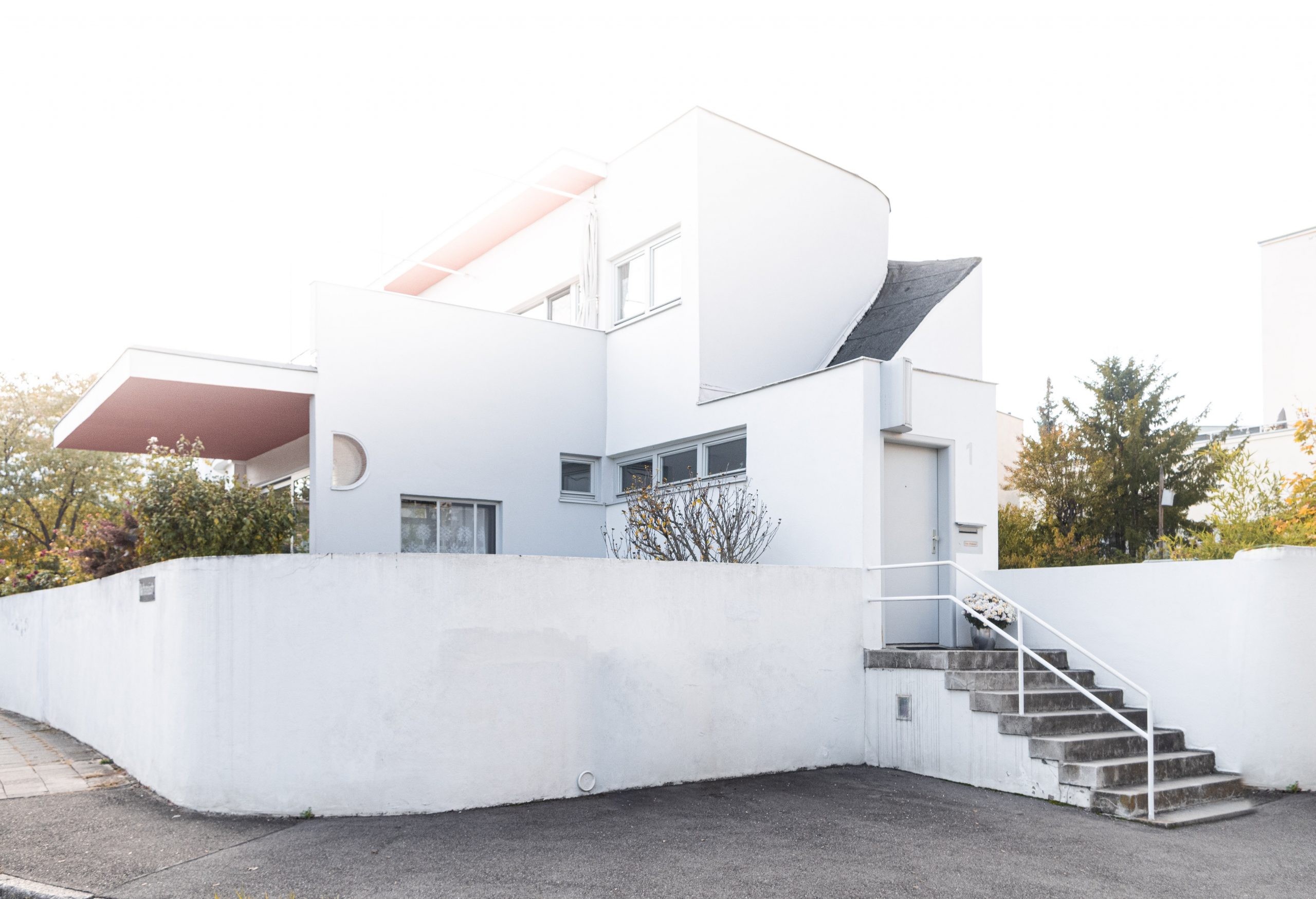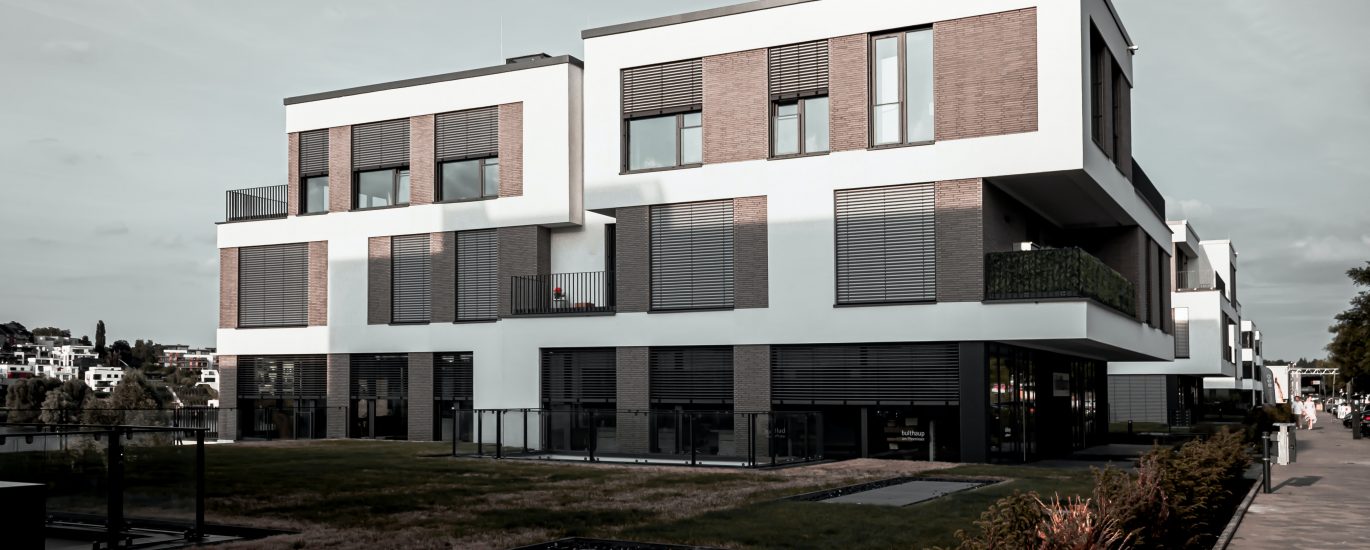The European property markets, like other property markets around the world, include zones of fast and slow growth. A brief analysis of the ten most popular growth markets in the region, as favored by local and international real estate investors, is presented below. In terms of potential rental yield as well as capital gains, these markets offer the best return on investment.
Hungary’s capital, Budapest
Is there a more beautiful city in Europe than Budapest? Hungary’s capital here has a genuine claim to the crown when it comes to traditional good looks entrenched in history and culture. Budapest carries itself with effortless charm on every magnificent street corner, from the neo-Gothic magnificence of the Parliament building to the untidy comfort of its famed ruin pubs. While the city’s many thermal baths, as well as restaurants serving hearty Hungarian fare, make it ideal in the winter, people enjoy open-air pools and leafy strolls on Margaret’s Island, which sits in the midst of the majestic Danube, in the summer. When it gets too hot, the cog train or the Zugliget chairlift provide convenient access to the fresh air and greenery of the Buda Hills.
The Hungarian capital, being in the heart of Europe, is the best location to investigate the housing market. Low-cost airlines serving Budapest’s Liszt Ferenc airport encourage more tourists to visit the city, boosting the short-term rental sector. Because of the low cost of living in Budapest, most retirees pick it as the ideal area to buy a home. Furthermore, purchasing an apartment in Budapest is 5 times less expensive than in London or Paris. Budapest is one of the best places to invest in Europe, thanks to a mix of gorgeous traditional flats, an increase in the number of students and tourists, massive foreign investment, a weak local currency, and a developing economy.
 Malta
Malta
If there are a few European countries whose real estate markets have been mostly unaffected by the Global Financial Crisis, Malta is undoubtedly one of them – if not the only one. A significant contributing aspect and reason why the Malta property market evaded the ill-fated real estate catastrophe that swept Europe by storm a few years ago was sound banking ethics and an age-old history of the Maltese general public (98 percent) believing in brick and mortar investments. While other nations’ real estate markets are still recuperating, the Maltese real estate market adjusted its pricing by 5% to 10% (depending on the geographical area) during that time, and it is now one of the few European countries with constant capital growth. In reality, the country has seen a substantial influx of wealth from international investors who have purchased pricey homes in Malta that have gained rapidly. Malta has no inheritance tax, gift tax, or wealth tax, all of which are significant advantages. On transfers of Maltese real estate (5%) and certain shares in Maltese corporations, there is just a 5% stamp duty to pay (2 percent ). Due to its tourism and business sectors, this lovely island off the southern coast of Italy is also densely populated. Non-EU citizens can also obtain a Malta resident permit by acquiring a qualifying property there. You can enter the Schengen area without a visa if you become a resident of Malta.
Romanian capital Bucharest
Since 2014, this Romanian capital has seen a construction boom, with new residential units springing up all around the city. The city is continually developing, with giant multinationals transforming the cityscape and boosting demand for office space, particularly on the city’s northern side. The city center, which houses the major educational institutions, is bustling with students and offers an endless supply of rental flats and leisure options. In addition, the Romanian capital serves as a crossroads for numerous nationalities, resulting in a higher number of expatriates than other European capitals. Given all of this, Bucharest’s property market is one of the most promising, with numerous development potential, making it one of the best places to invest in.
Furthermore, with substantial institutional investment continuing throughout Romania, property values consistently rising, investment patterns demonstrating how strong the property market is, and, most crucially, favorable tax rates, property investors have even more reasons to buy in the city. The majority of foreign investors come from Spain, Hungary, Germany, China, and the United Kingdom, with Americans accounting for less than 1% of overall investment.
Barcelona, Catalonia, Spain
Barcelona is one of Europe’s most popular property destinations. International investors and individuals moving to the city for job or to enjoy its arts, culture, sports, and food have always been drawn to the city.
While rental rates have been relatively stable, the sales market has been extremely busy, with the largest volume in the last five years. Following the recovery, prime houses in Barcelona are selling at a 14 percent clip, resulting in a surge in both property prices and sales. The fastest-selling homes are typically valued at €400,000. A large percentage of houses sold this year were purchased with cash. The number of buyers from the Middle East and the United States who choose contemporary ‘lock and leave’ residences has increased dramatically. The number of British purchasers is increasing, while the number of Spanish buyers is increasing, showing residents’ rising confidence in the market. The final closing price for houses is on average 7-12 percent lower than the stated price on real estate portals, which is a useful rule of thumb to remember. This could climb to 10-15% in the post-COVID-19 situation.
Germany, Berlin
Berlin, one of Europe’s most active capitals, has an exceptional lifestyle pedigree, with hundreds of art galleries, museums, and concert halls. When you add in plenty of parks, green space, and navigable waterways, you have the perfect city to live in.
The German capital is recognized for being under severe pressure due to limited supply and rising demand, and as a result, property investors have traditionally preferred it because they can resell their acquisitions within 6-8 months. According to industry forecasts, 11000 residential units are required annually, while actual building is limited to only 6500 units on average. This has resulted in an increase in rentals, as well as a 15% increase in first-time purchasers. Russia is the largest property investor in Germany, followed by Italy, Greece, and France.
Despite the economic downturn caused by the epidemic, Germany’s housing market remains healthy. According to Global Property Guide, the average price of apartments increased by 10.85 percent in the year to Q2 2020, following a 12 percent increase in Q1 2020.
Croatian capital Zagreb
The Croatian capital is a stunningly beautiful city with a long and illustrious history dating back to Roman times. The city’s property market is predicted to increase significantly in the next years, making it a location to consider if you’re searching for a place to invest. While the rest of the country saw an increase of roughly 8.5 percent in condo asking prices in 2018, the capital, Zagreb, had a 20 percent increase. The number of Airbnb homes in the city climbed by 30% in 2019, indicating an increase in vacation rentals. Unfortunately, in 2020, this growing tendency will come to an end. Following the pandemic and earthquakes, there has been reduced demand for Zagreb real estate in the city center; yet, the availability of flats for long-term rent or buy in that area of the city continues to expand. This resulted in a 10% drop in the price of the property being sold. In the first half of 2020, the number of houses sold in Zagreb fell by about 22% compared to the same time the previous year.
 Poland, Warsaw
Poland, Warsaw
Warsaw has seen enormous expansion in its housing market in recent years, despite suffering massive destruction during World War II. In comparison to neighboring cities, the housing market has increased dramatically since the 2008 economic crisis. When we talk about Warsaw, we’re not only talking about the Polish capital; we’re also talking about Polish business. As a result, there is always a high demand for real estate. Furthermore, as Europe’s second most congested city, it promotes localization, which is something that modern investors prize.
On the primary market, the pandemic has had no effect on prices. On the contrary, flat sales in Warsaw have surged by 15.7 percent in the last two years, with no signs of slowing. In the first half of 2020, the average price per square meter hit a new high of PLN 10,700 (about EUR 2,366). According to JLL experts, developers sold a total of 13.3 thousand units between July and September, about twice as much as in the previous quarter, including the shutdown. There are still a growing number of folks who are just beginning their real estate hunt. When all of the above facts and figures are combined with the market’s low property prices, it’s easy to see why Warsaw belongs on our list.
Czech Republic, Prague
Prague is one of the most populous cities in Eastern Europe, with a population of about 1.3 million people. Every year, hundreds of tourists go to the city to witness the medieval city center, the Romanesque and Gothic architecture, as well as the classic structures from the Renaissance and Baroque periods. As the number of tourists increases, so does the demand for rental apartments. This has attracted a growing number of investors trying to profit from the situation.
Furthermore, the property market was able to withstand the reduction in prices during the COVID-19 because to the country’s economic stability, both in terms of the local currency and in comparison to the instability of the dollar and the euro following the global crisis. In fact, low interest rates and the uncertain economic climate are prompting many people to consider property as an alternative investment. The loosening of the Czech National Bank’s tight mortgage lending restrictions, as well as the elimination of the country’s real estate acquisition tax, are driving rising demand. The amount of money invested in the Czech real estate market in the first quarter of 2020 was 71 percent higher than in the same period of 2019, which is a remarkable result considering that 2019 was already a successful year for real estate, with $3.1 billion invested. Since 2015, the average price per square meter for rents and purchases has climbed by 25%. This demonstrates how resilient the market is – both for commercial and residential property – and why investors are drawn to the country, especially the capital city.
Slovakia’s capital, Bratislava
Bratislava combines beauty, the progress of a modern city, a wonderful position – just an hour from Vienna – and being an ideal choice for international corporations, all of which make it an appealing destination to invest in. In reality, the city’s real estate market has been soaring for the past few years. Despite the epidemic, the number of newly constructed flats sold in Bratislava grew by a third year over year. Apartment sales prices have also risen to record heights, with the average unit costing just under EUR 3,000 per square meter in Bratislava. This growing tendency is projected to continue as more and more individuals are drawn to the city.
Bratislava still has some appealing yields for property investors when compared to nearby cities like Vienna. Furthermore, the fact that Bratislava and Vienna are Europe’s nearest cities and that a train network connects them will draw people together and integrate both real estate markets. No investor would want to lose out on this chance.
Georgia’s Batumi
Batumi, Georgia’s third-largest city and the country’s second-most visited destination after Tbilisi, is situated between Europe and Asia. It is home to the well-known Black Sea Resort. In recent years, investors and developers have flocked to this city in an attempt to capitalize on the opportunity. The growing number of tourists and businesses eager to build in the city, combined with the lack of substantial development limitations, gives the city a huge opportunity to grow, which in turn boosts the housing market.
There are no restrictions on owning real estate in Georgia, and there are no restrictions on transferring the proceeds of your return on investment back to your home country. After two years of ownership, there is no real estate tax, but if you sell it inside the first two years, there is a 20% capital gains tax. The average cost of freshly constructed real estate with a sea view is $400 per square meter, which is the lowest price in comparison to most European countries.





